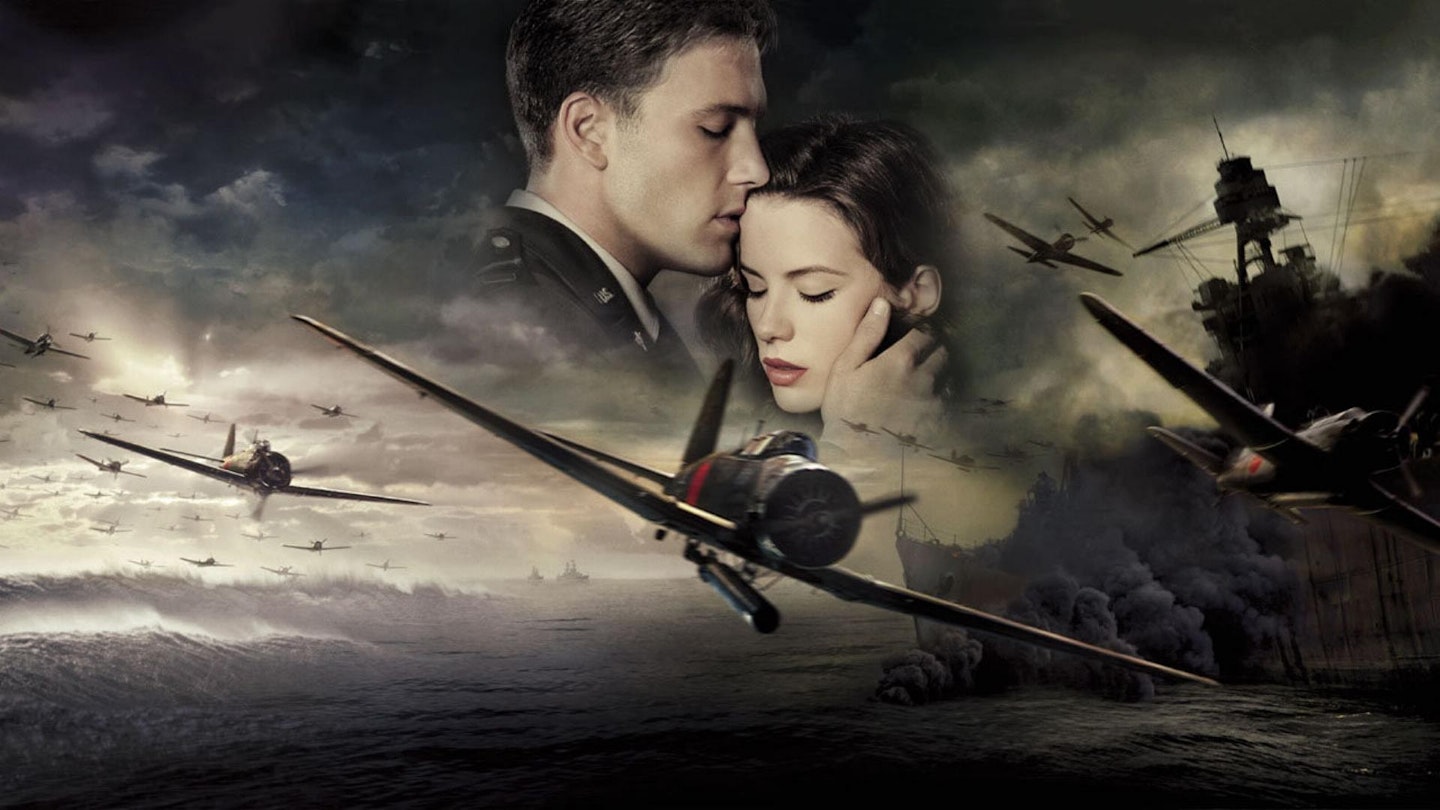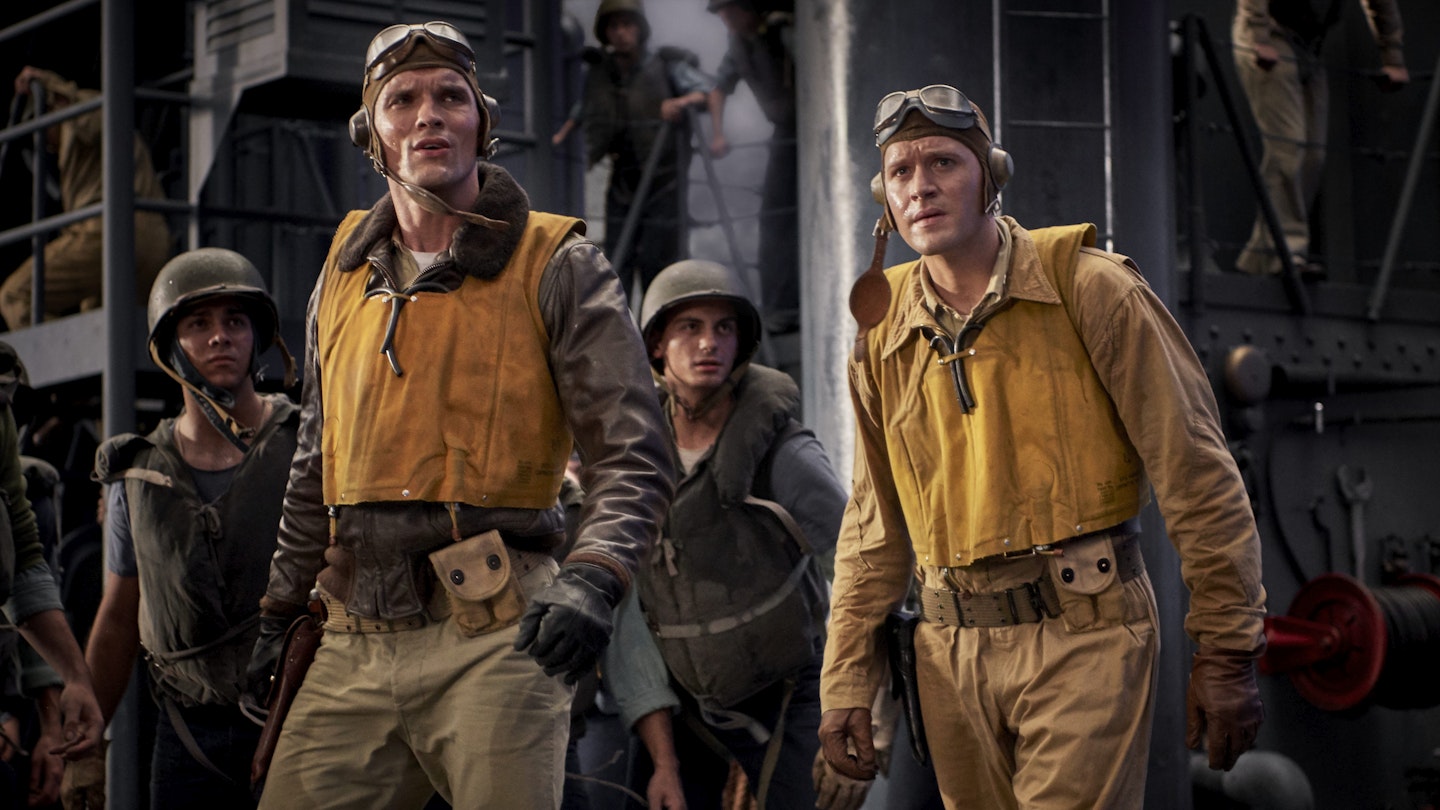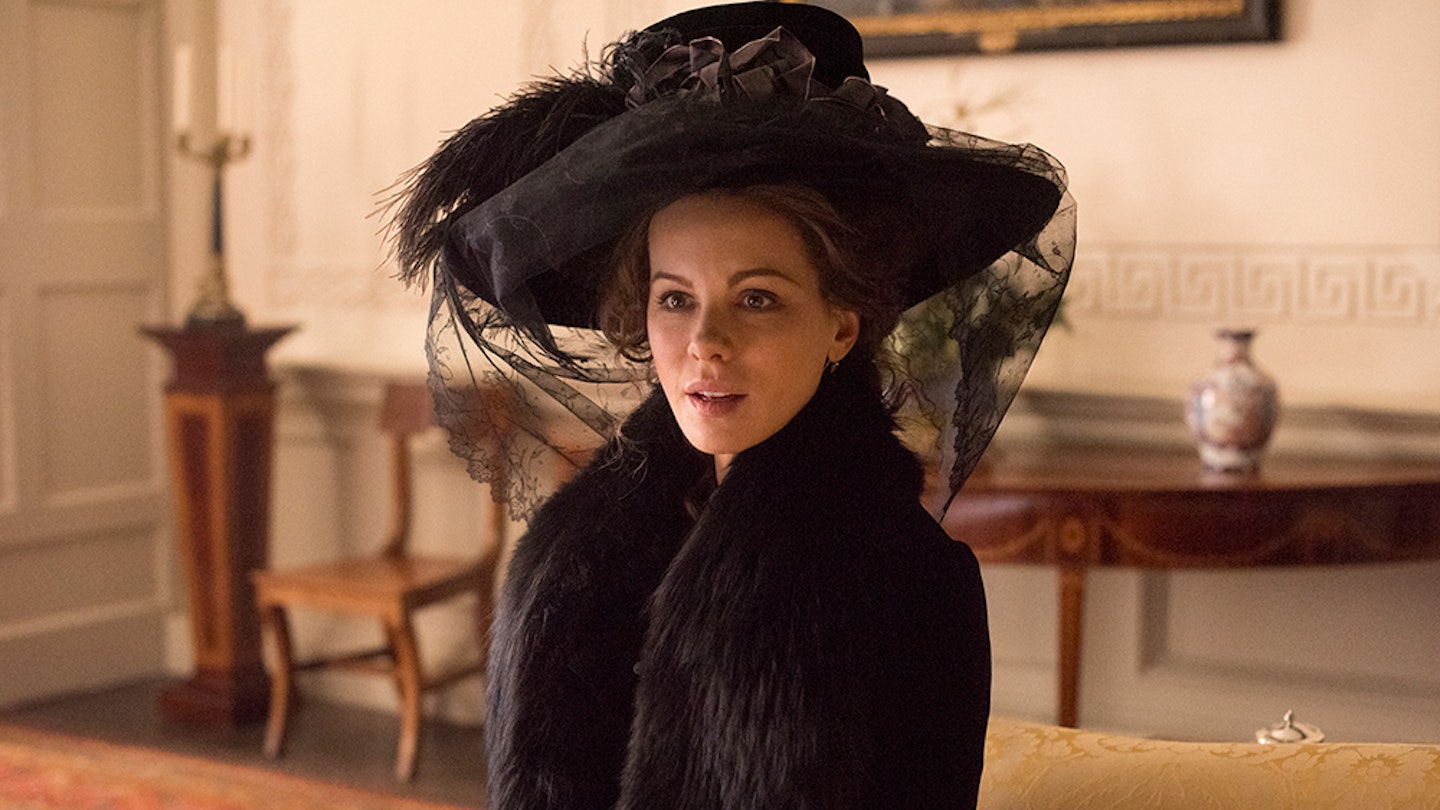'War", as someone once trilled, "what is it good for?" Well, bloody huge summer blockbusters, apparently. At least, that's what scourge of the arthouse crowd and best bud of the multiplex mob, Jerry Bruckheimer, was betting when he decided to plough $135 million of Disney's money into Pearl Harbor.
A risky proposition when you realise that it's not only a story about the invincible American military being caught with its pants down but has a cast, that while not by any means likely to turn up on Lily Savage's Blankety Blank in a hurry, are certainly no guarantee of financial success. The question, then, is, have Bruckheimer and his buddy Michael Bay (Armageddon) pulled it off?
The answer is that, as usual, the Bruckheimer brand has delivered an almost dead-cert hit. Whilst a bit on the anorexic side in the dramatic weight department, it's a natural born blockbuster that amply excuses its slightly soggy beginning and cut and shunt end with a centre-piece attack sequence that ratchets the action bar up dozens of notches and represents the final coming of age of CGI. Quite simply, you have never seen anything like it.
Story-wise best pal flying aces Affleck and Hartnett row over the affections of Kate Beckinsale, after she accidentally shags the latter when the former is supposed to have been shot down over Europe. It's a slightly soapy plot-line, not aided by Bay's determination to shoot everything by what appears to be a permanent sunset (and a pleasing sense of humour from Affleck vanishes far too quickly).
Bay's pre-war America looks like it emerged from a beer ad - little boys fly soapbox Sopwiths, while real-life biplanes zoom over amber waves of grain. But it's the bombing itself that was always what this movie was going to live and die on, and here Bay really delivers, from an astonishing first 'bomb's eye view' shot that sees the camera follow a falling munition through the decks of the USS Arizona. Then comes the perfectly timed detonation, using fantastically detailed long shots of hundreds of Japanese Zeroes buzzing around the exploding fleet.
It's an amazing, visceral experience. ILM's CGI is, for the first time, indistinguishable from reality. Torpedoes hiss under the thrashing feet of drowning soldiers, men are blown through upturned ship's propellers towards the camera, and fighters plough into each other. It's an astounding, nerve-shredding experience that leaves the mealy-mouthed whinings about flat-packed characterisation bobbing in the wreckage.



